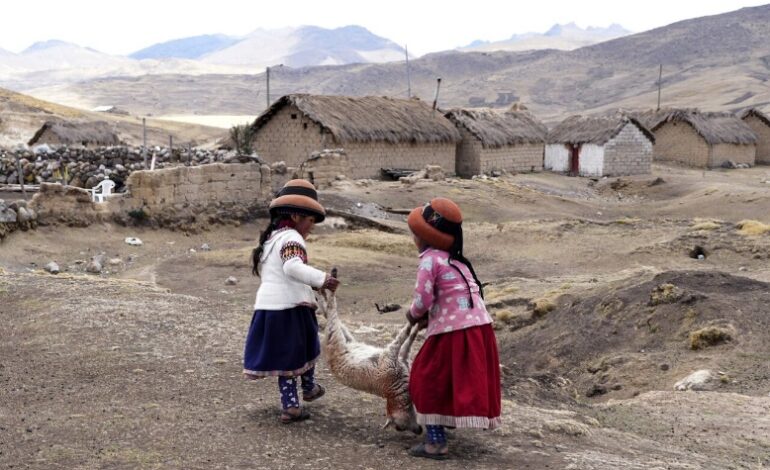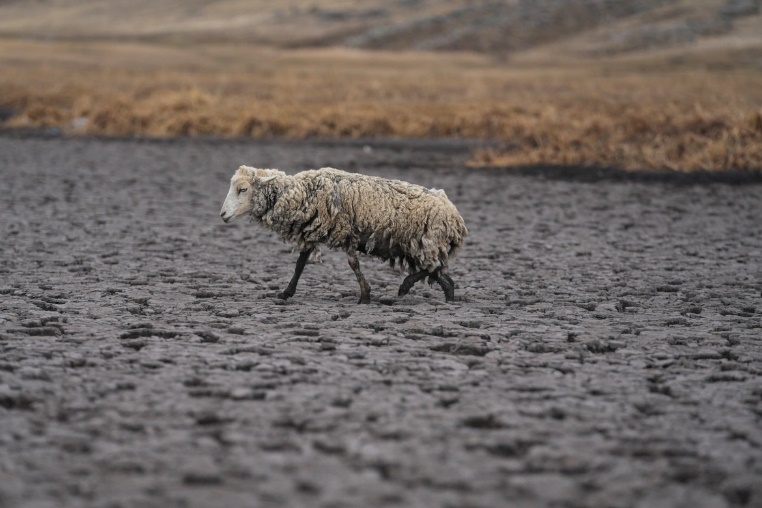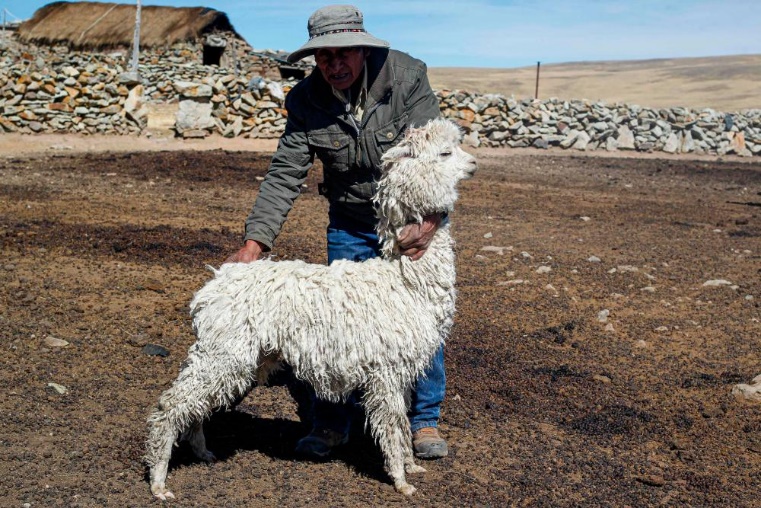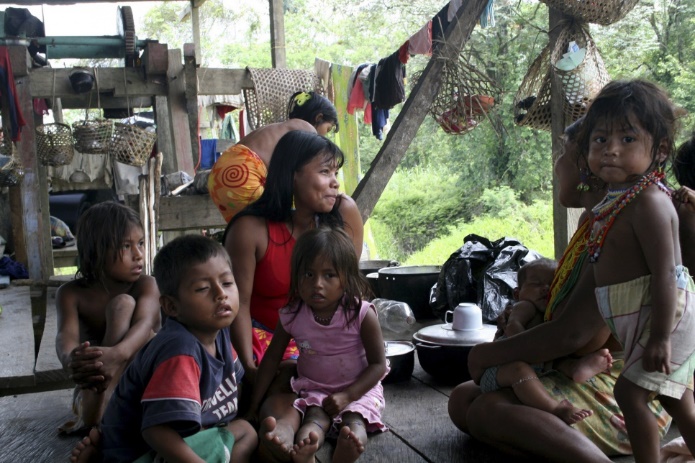
Avellon Williams
TRINIDAD AND TOBAGO- In Peru’s southern Andes, the Cconchaccota lagoon is a source of life for local communities, which depend on it for fishing and for attracting migratory birds and animals.
However, the lagoon’s surface is now covered in yellow grass and cracked soil, 4,100 metres above sea level.

Peru’s central and southern Andes are experiencing their driest period in almost a half-century, affecting more than 3,000 communities. Rains should have begun in September in this part of South America.
The first rain in almost eight months prompted residents to put bowls outside to collect water last week.
La Nina, which was present in 2022 for the third consecutive year, is responsible for the absence of rain in part of the Andes. There are also drought-affected areas in Bolivia, Paraguay and Argentina.

In Cconchaccota, there is no water supply, no sewage system, and no telephone service. Despite its occasional driest, a nearby spring provides people with drinking water.
More than two months have passed since residents appealed for help to local authorities. Last week, the regional authorities finally responded by delivering bags of fodder oats to the surviving sheep, cattle, alpacas, and llamas.
“The animals are all bone,” said John Franklin Challanca, a 12-year-old shepherd whose family has lost 50 sheep.

According to the UN’s Intergovernmental Panel on Climate Change, the Andes are one of the world’s most sensitive regions to climate migration due to droughts, tropical storms and hurricanes, heavy rains, and floods.
A lagoon less than 3 feet deep, reliant solely on rainwater, and exposed to strong solar radiation are all factors that experts believe could have caused it to dry up.
Those three factors constitute “an ideal cocktail” for small lagoons in the high Andean areas to dry up, according to Wilson Suárez, professor of mountain hydrology and glaciology at Peru’s La Molina National Agrarian University.
“This has to put them on notice that times are changing,” Suárez said of residents who have long depended on the lagoons for watering their livestock. “A drought is not easy to handle … the climate is changing.”




